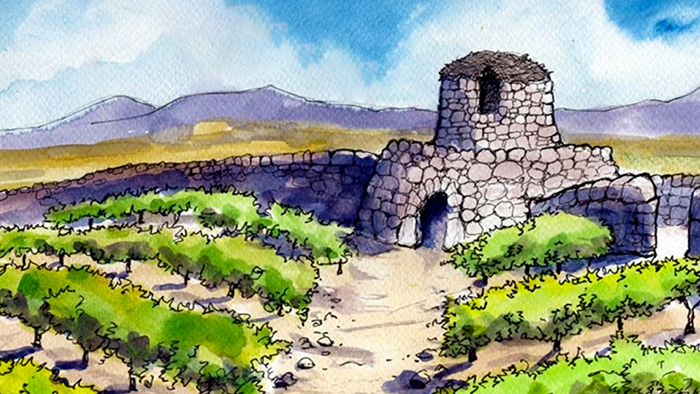
The French historian and philosopher of social science, Rene Girard, wrote, “What is anthropologically marginal is spiritually central.” Fr. Ron Rolheiser writes that this academic expression explains what scripture means when it says that the stone rejected by the builders is the cornerstone for the building. In simple terms, this tells us that those whom the culture marginalizes and sees as unimportant, those whom it deems disposable – the sick, the aged, the severely handicapped, the dying, the homeless, and the unborn – are, in fact, spiritually, the most important people in the world. Leonard Cohen coined the phrase, “There is a crack in everything; that’s how the light gets in.” How we value the least, lost and forgotten, is the true measure of our wisdom, compassion, and morality. We are moving as a society and culture ever more towards a mindset that sincerely believes that wisdom, compassion, human dignity, and morality can be served by snuffing out the heartbeat of someone whose life is not deemed worthwhile or who is living in such pain that this is judged to be sufficient cause to warrant death as mercy. Too often, even in our churches, we no longer stand where Jesus stood, where the cross stood, namely with the helpless. We stand instead where vested interest stands, be that the vested interest of the business world, the academic world, or the pop culture. We are becoming blind to one of the deepest truths that Jesus taught us in the crucifixion: that what looks useless and meaningless has a deeper value. Inferiority builds the soul. Those who fall through the cracks of the culture are indeed the crack where the light gets in. If our world has any real soul left, if indeed we still even understand the words wisdom, compassion, and morality, then it is because someone who has no power in the culture, someone who has been marginalized and rejected, has shared a gift with us.
